It has been a month now since we arrived in Moose Pass, Alaska for the Conservation Land Management internship with the USFS. There has been constant on-and-off rain due to the monsoon this year and the flowers are just starting to bloom making it very difficult for us to begin collecting seeds. One of the first projects our mentor had us work on was to create a field reference guide of our priority plant species list for native seed collection.
During our first few weeks here, we have been assisting the USFS with other projects including putting up fencing along the shore of the Russian River to protect the vegetation from people who come for sport fishing season and treatment of an invasive plant species called Prunus Padas commonly known as European Bird Cherries.
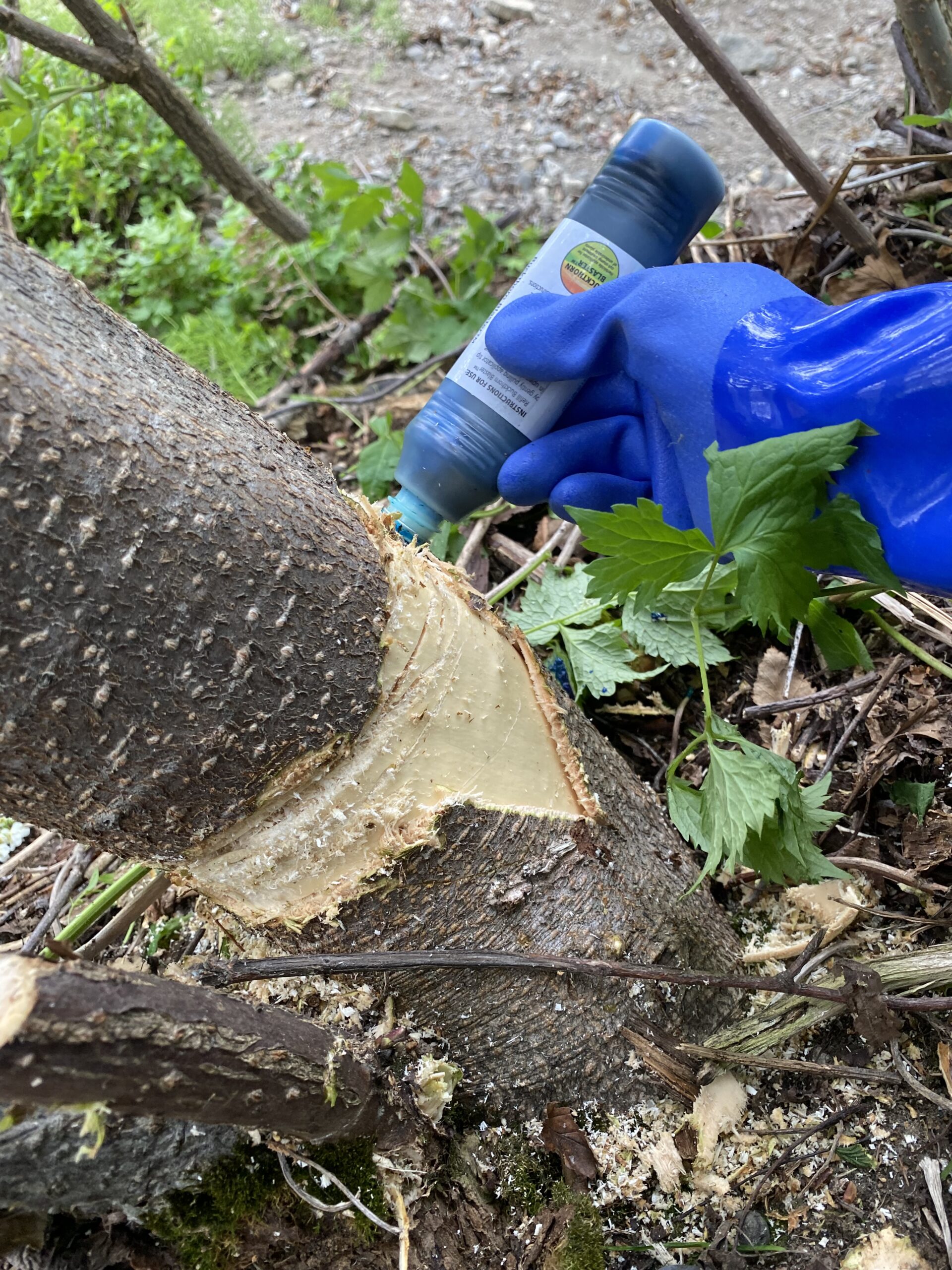
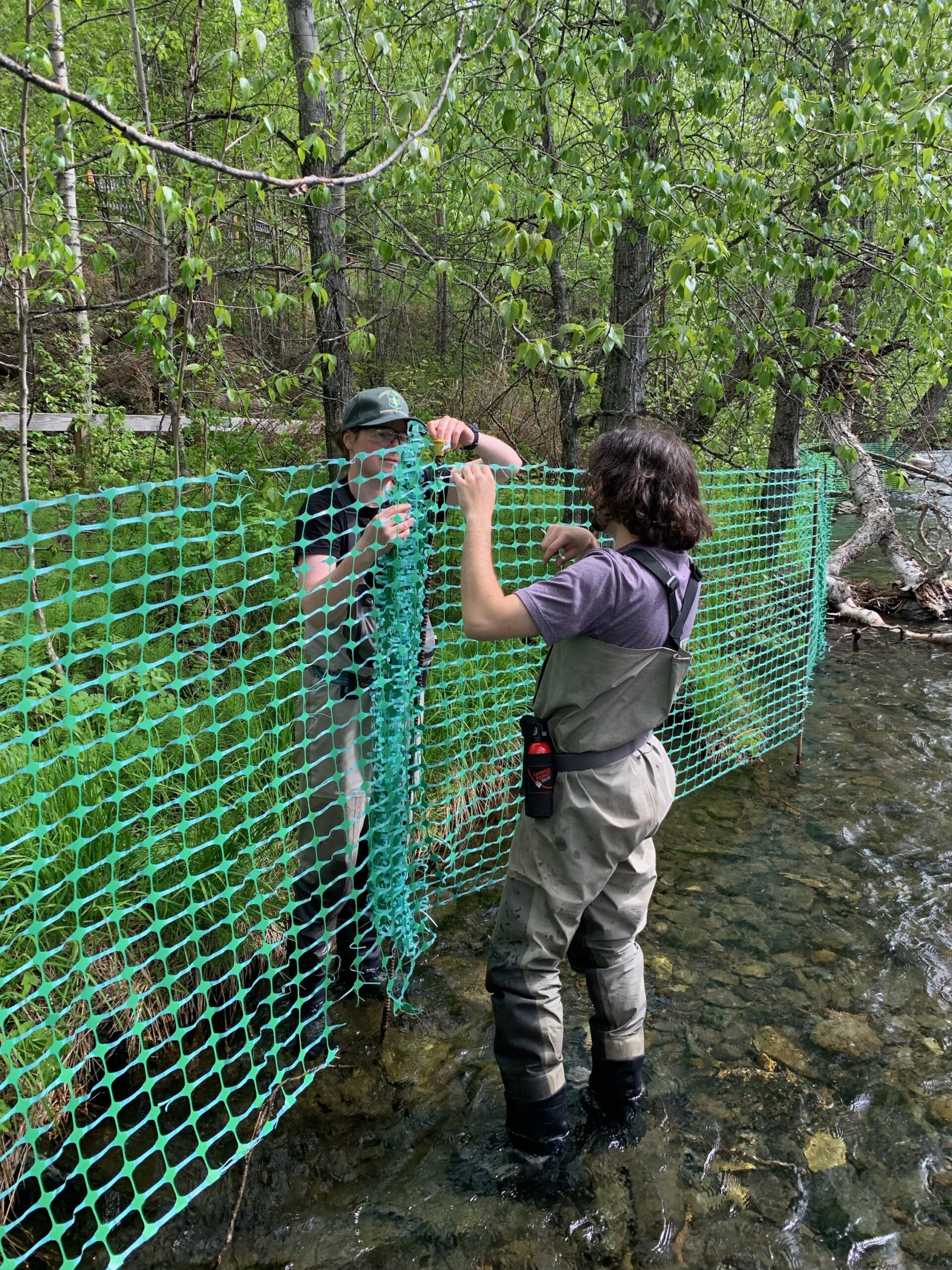
European Bird Cherry, Prunus padas, is a highly invasive, rhizomatous plant that was planted as an ornamental years ago in Hope. Now certain remnants of it remain in the forest and have been visited over the last ~5 years by workers of the Forest Service to eradicate it from the area to prevent it from overtaking the native plants.
One day when we were out in Hope, Alaska searching for European Bird Cherries, our mentor discovered a Harlequin duck with a fishing line caught around its neck and attached to a log along the shore of the river. My mentor picked up the duck, I cut the line off of the duck’s neck, and we returned the duck back to the river.
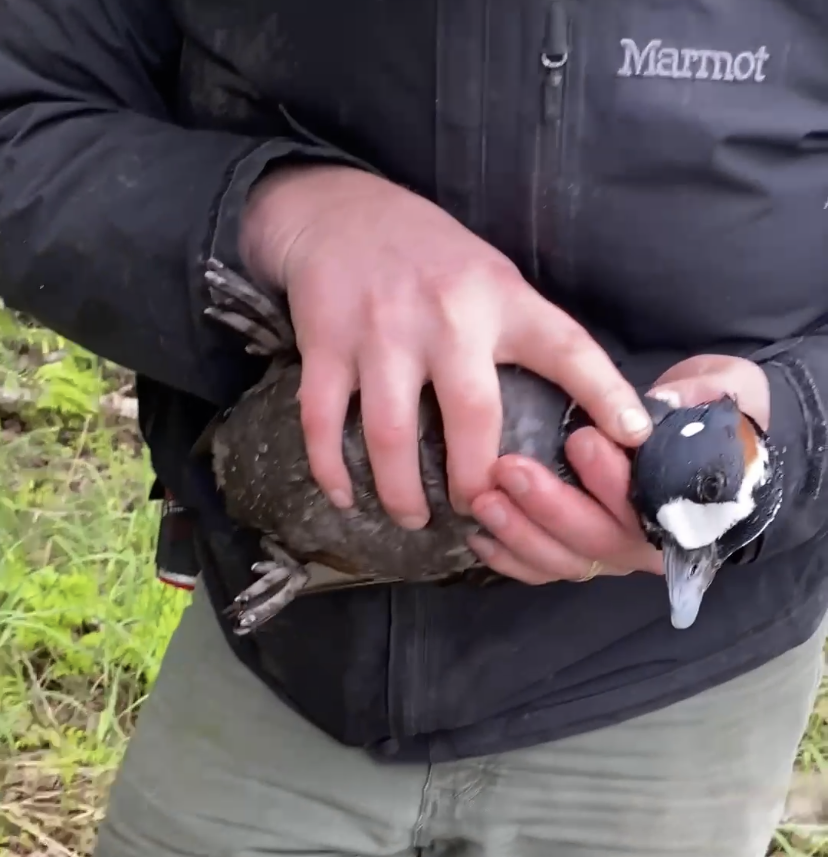
We have also been using iNaturalist to make plant observations on any plant species we find while we are out scouting for possible seed collection sites along the many trails of the Kenai Peninsula. Additionally, we created 3 project pages on iNaturalist. One for users to make and share observations of plants and fungi throughout the Chugach National Forest, and two of which are for specific wildflower viewing areas where we have asked users to upload photos and information on plant phenology.
Below I have provided the links to our Three projects for anyone interested:
- https://www.inaturalist.org/projects/flora-of-chugach-national-forest
- Trail of Blue Ice Wildflower Viewing Area · iNaturalist
- Turnagain Pass Wildflower Viewing Area · iNaturalist
When we are not out in the field, we are usually in the office practicing keying out and pressing plant species that we have collected.
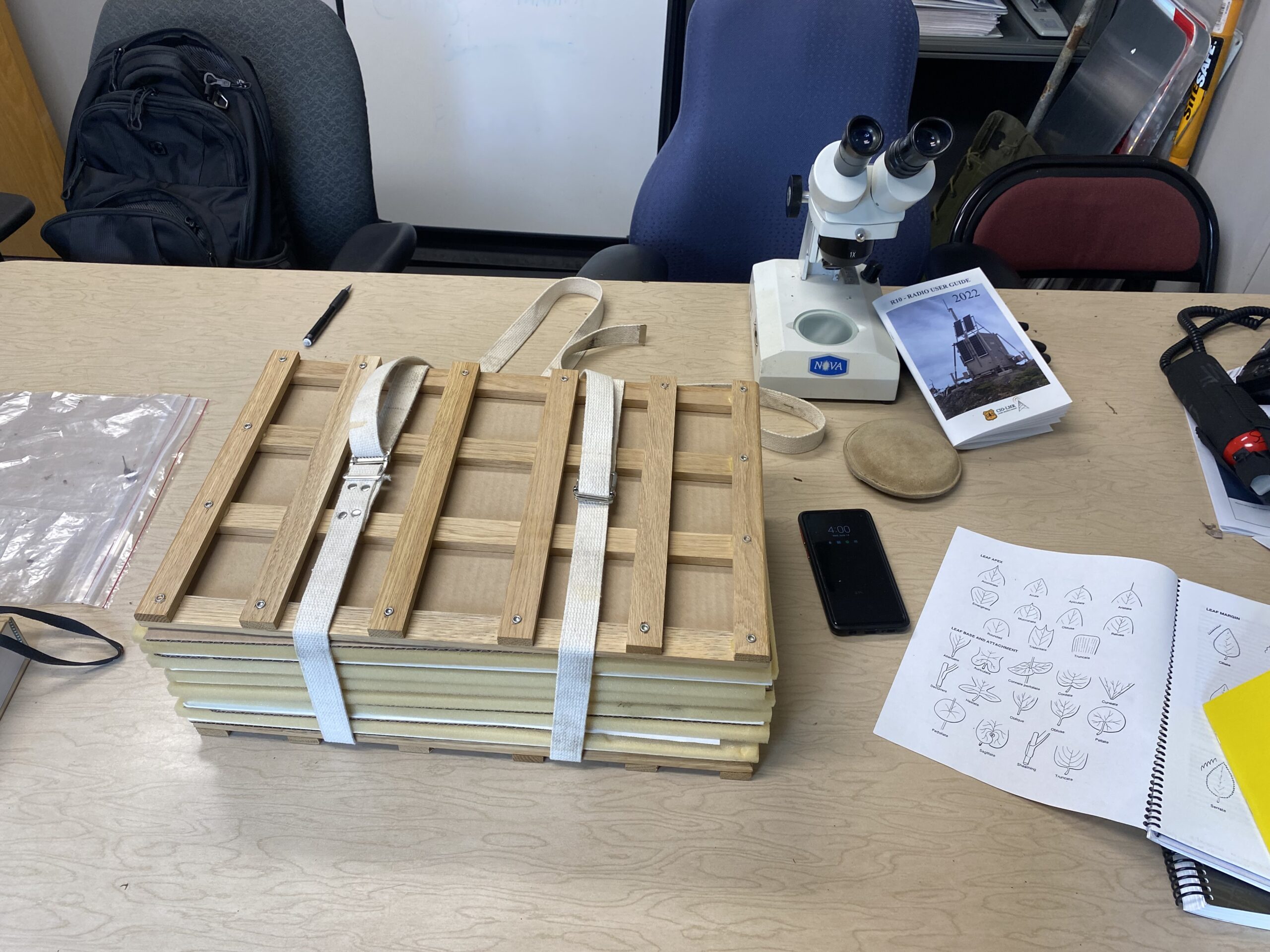
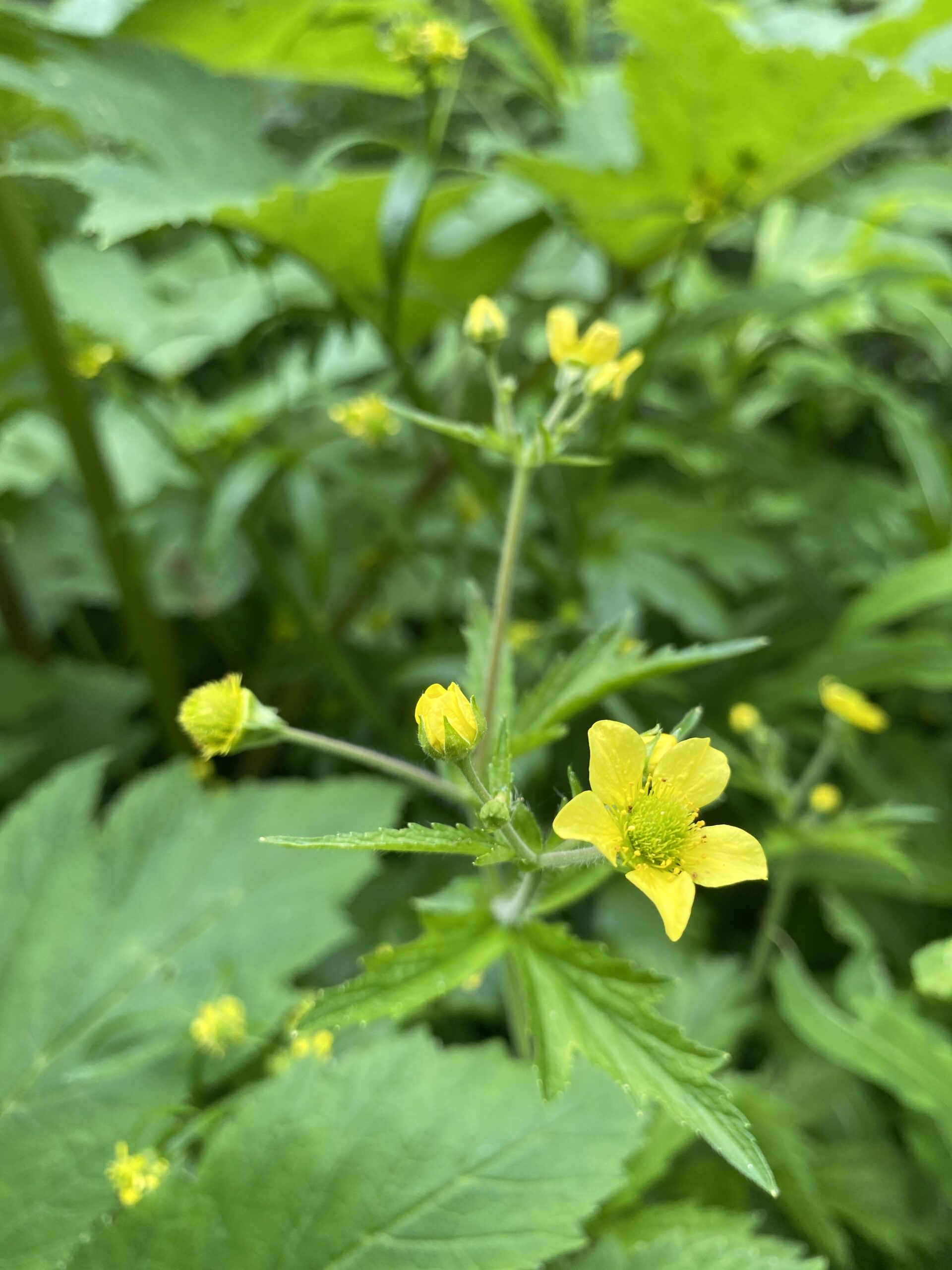
June in the Chugach National Forest has been a difficult time for seed collection since most plants are still in early stages of phenology. Hopefully more plants begin to flower in July!
